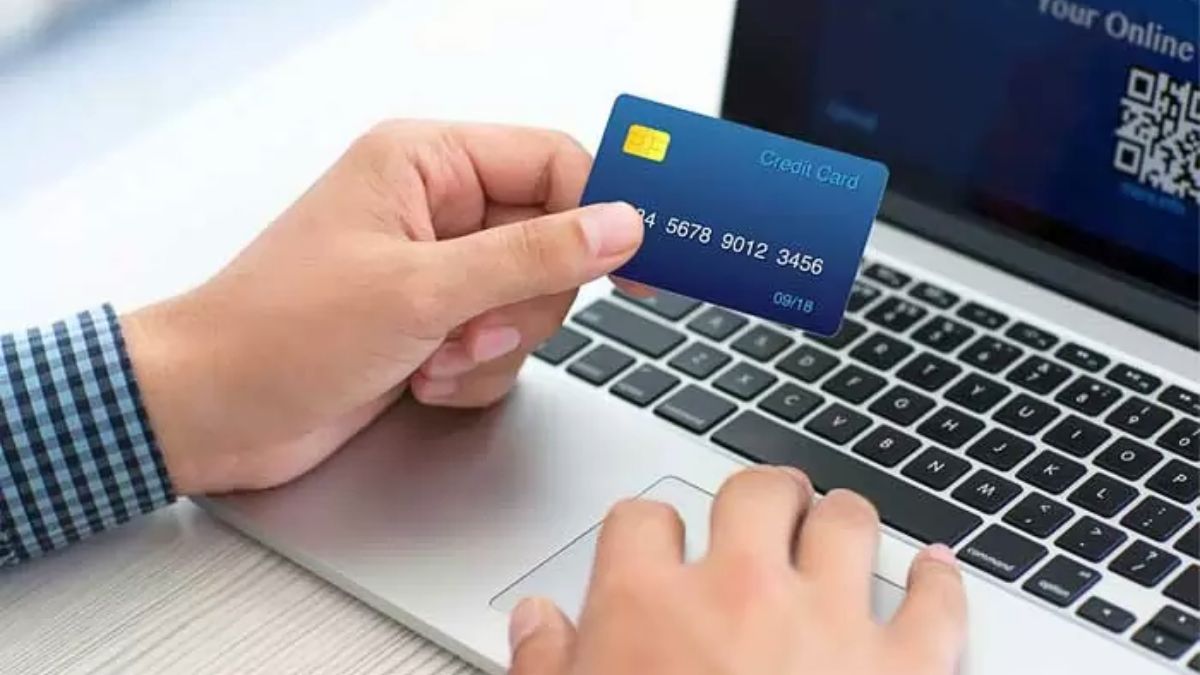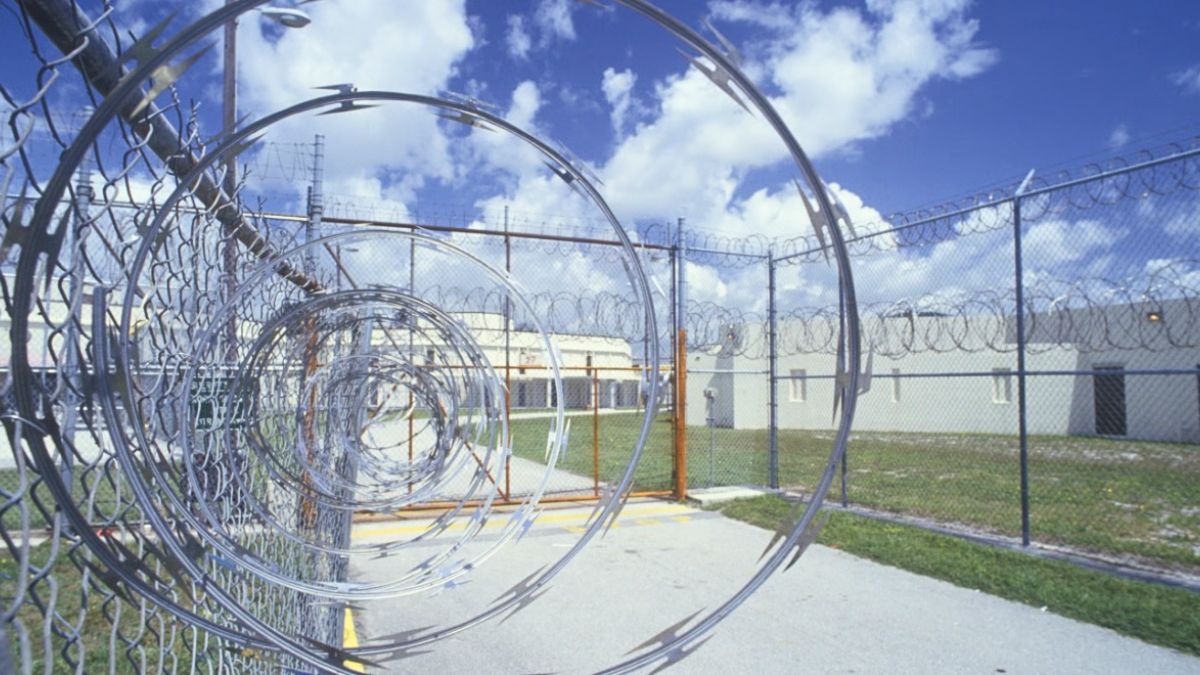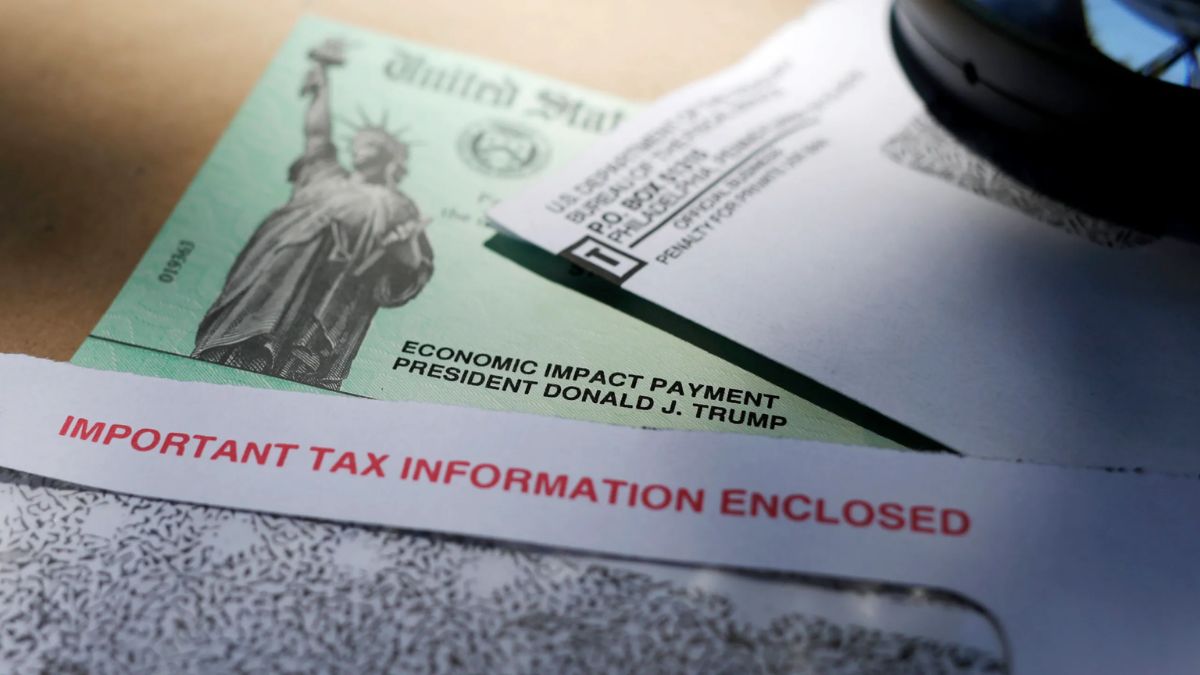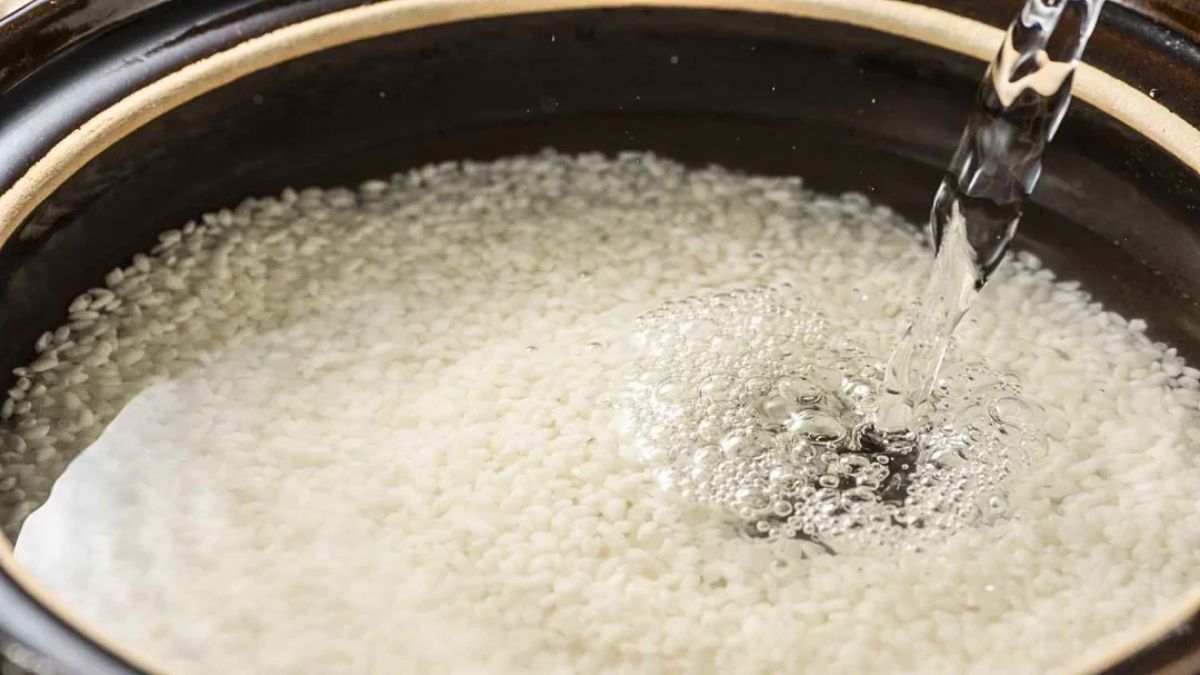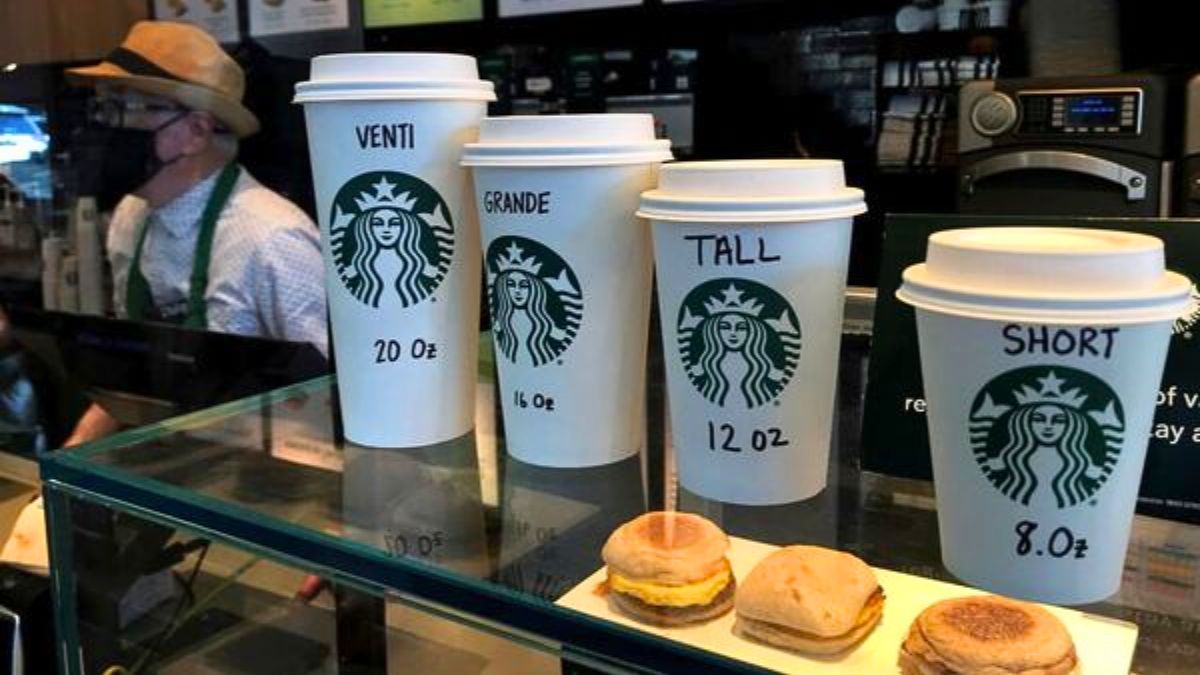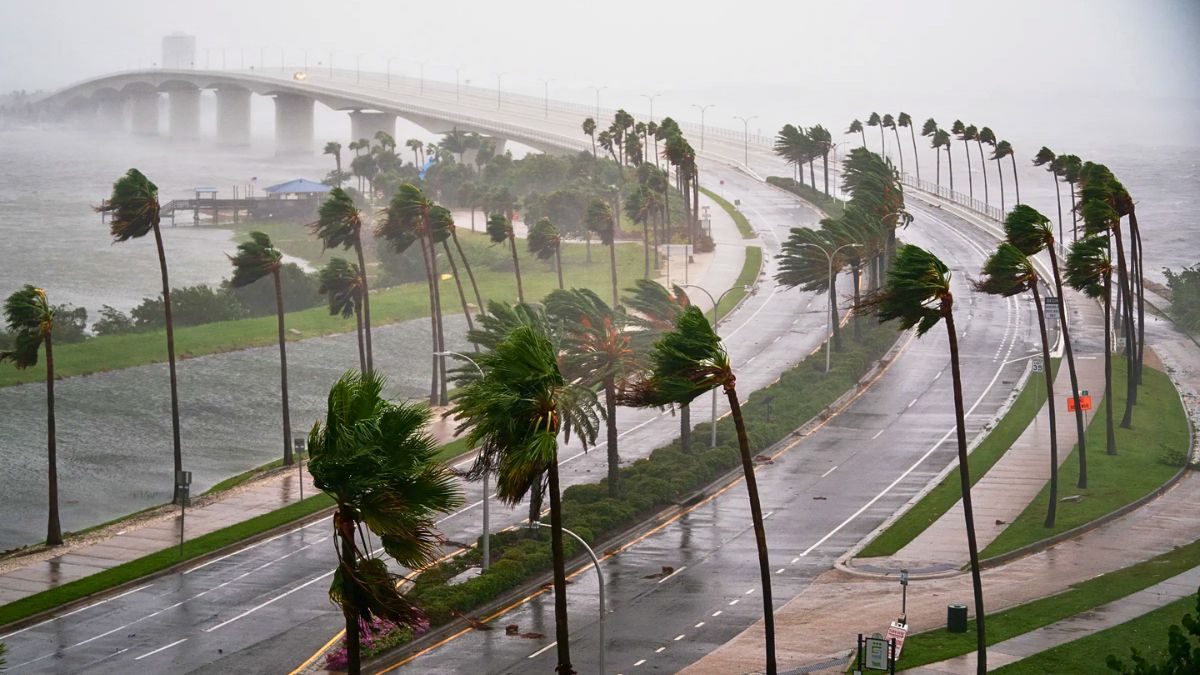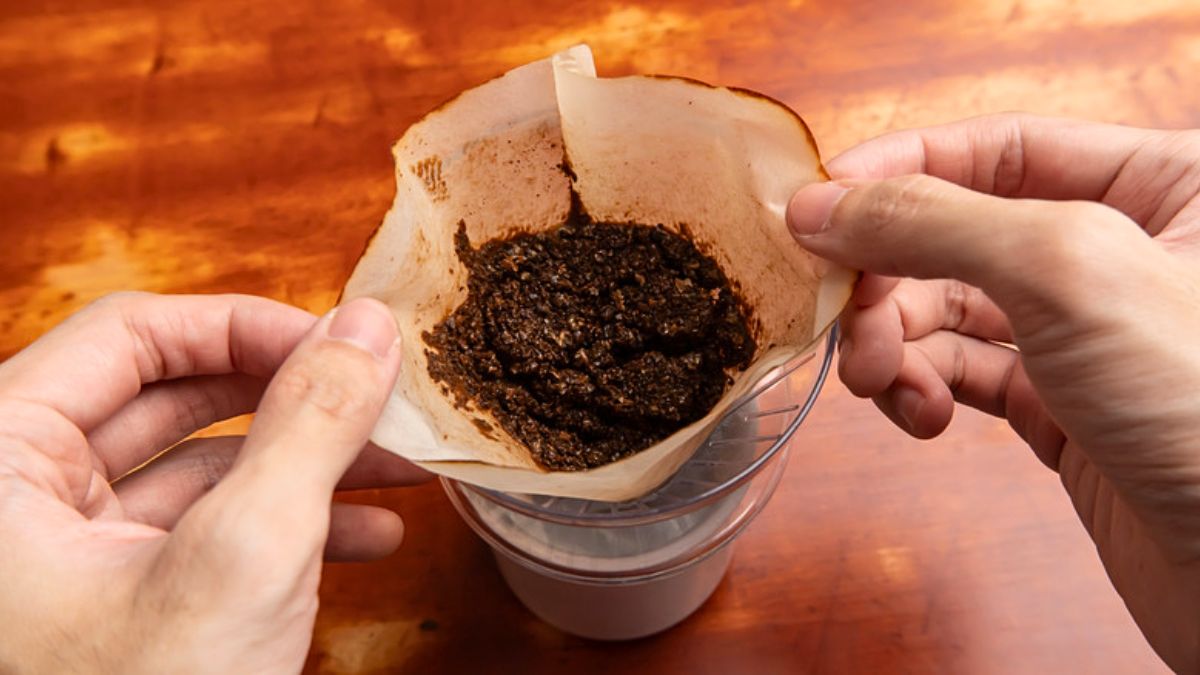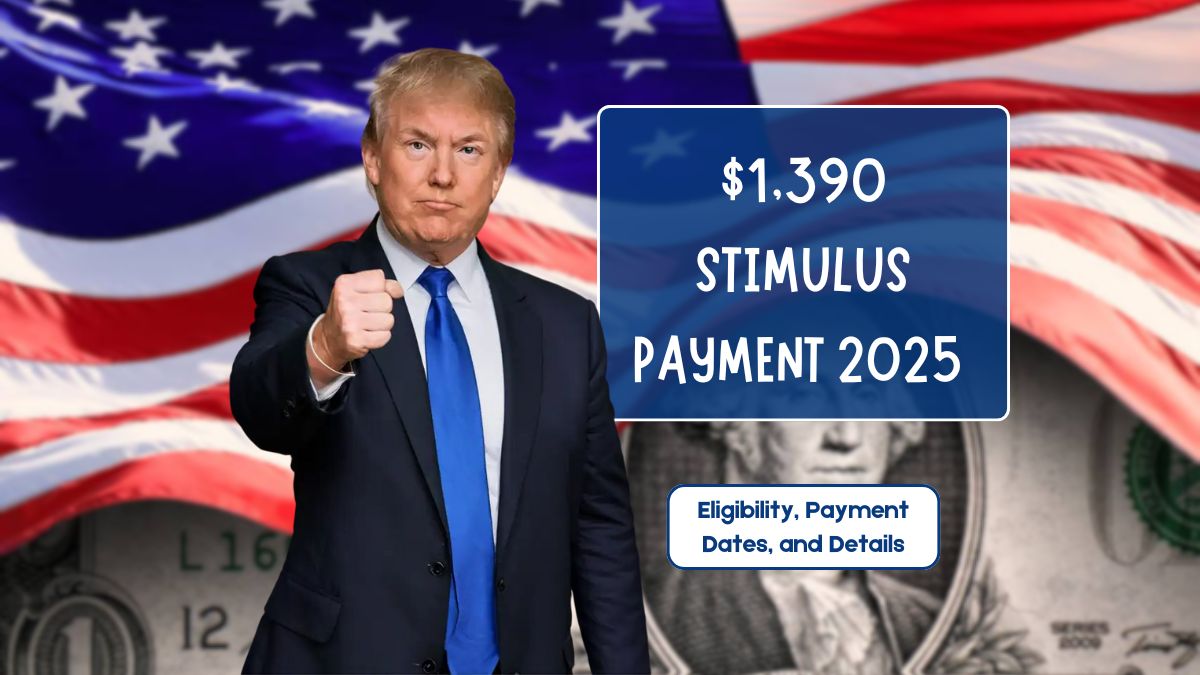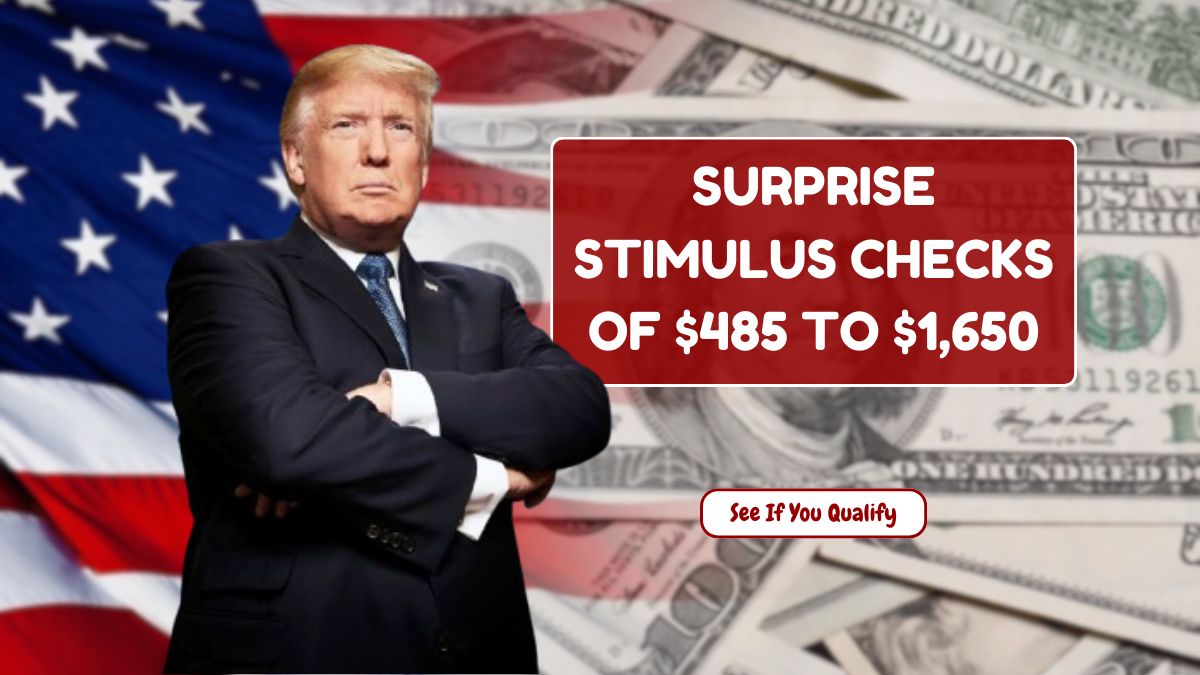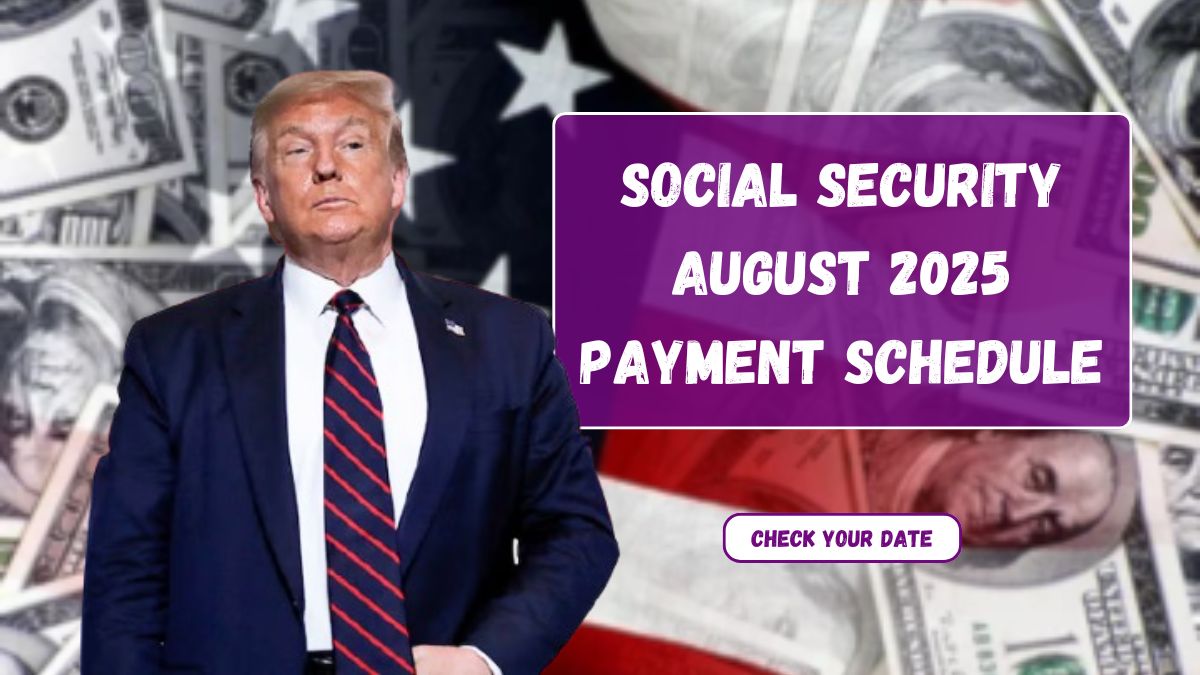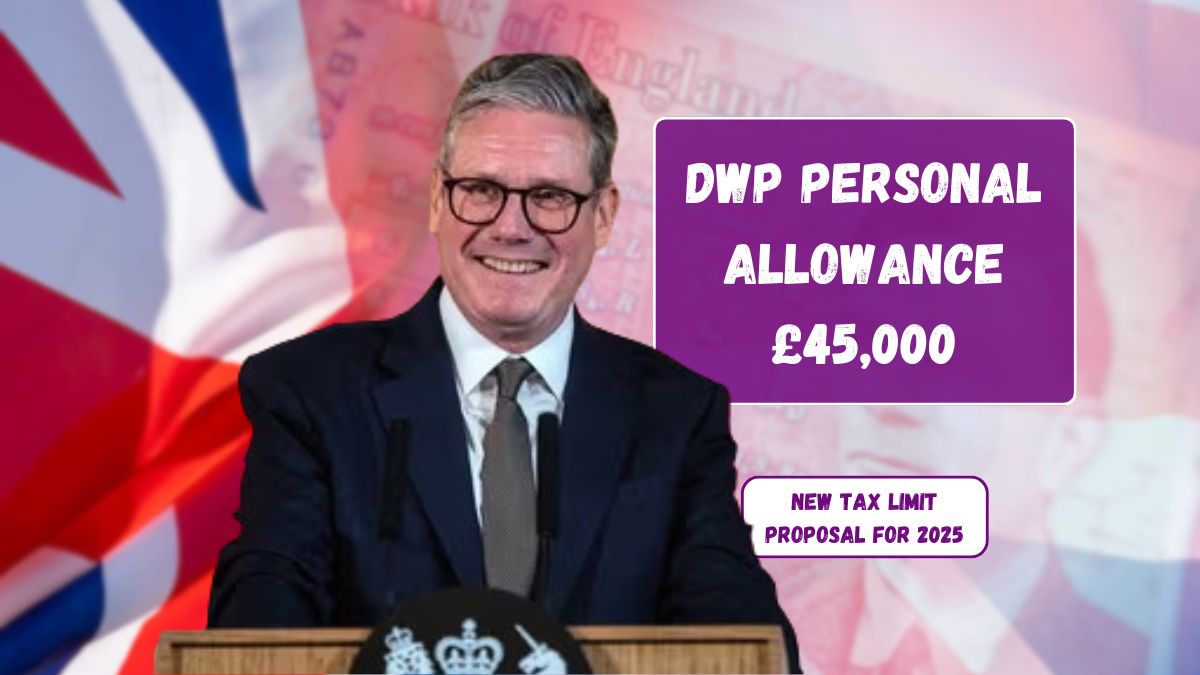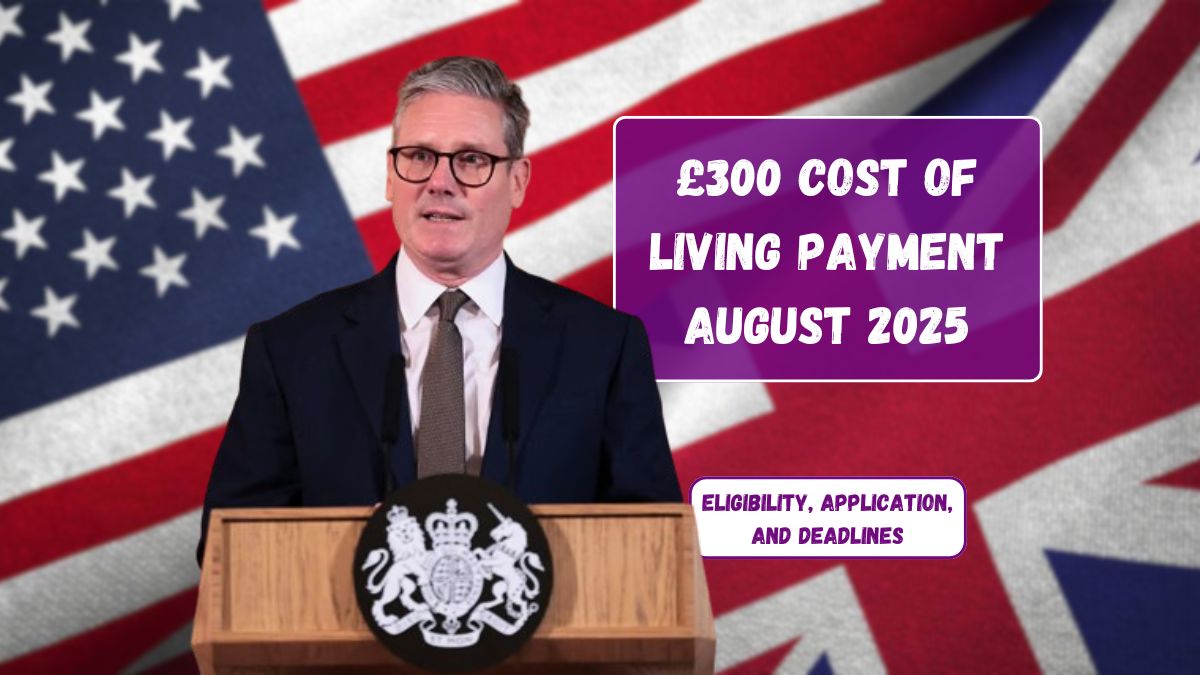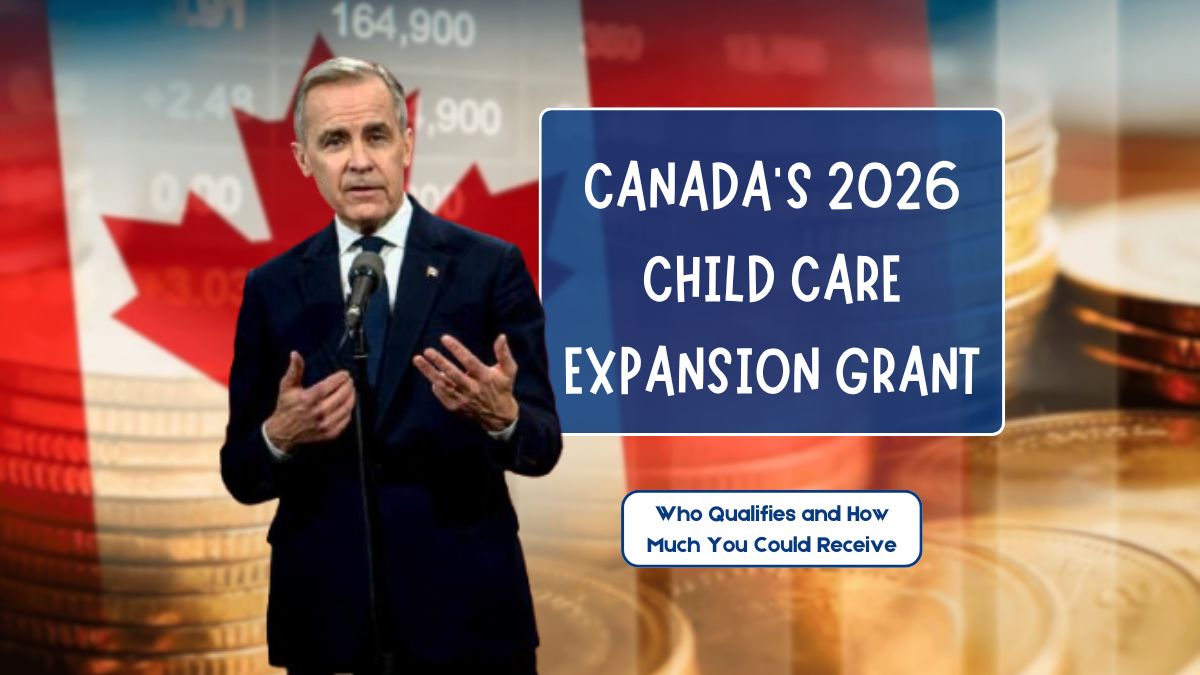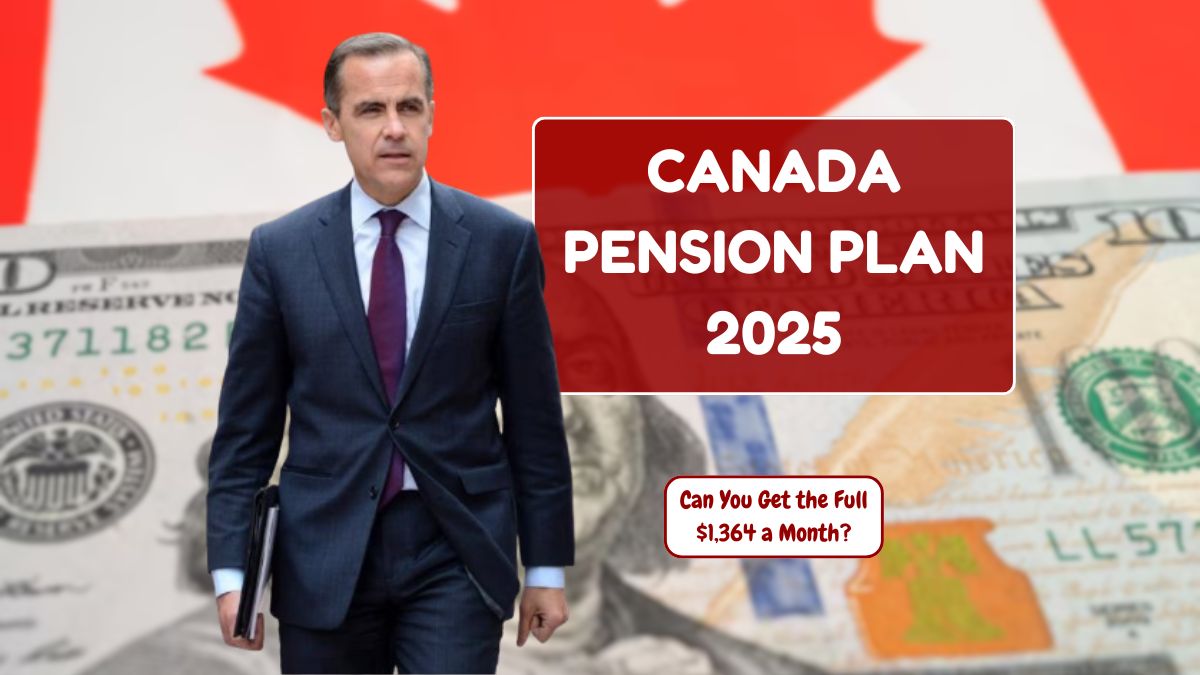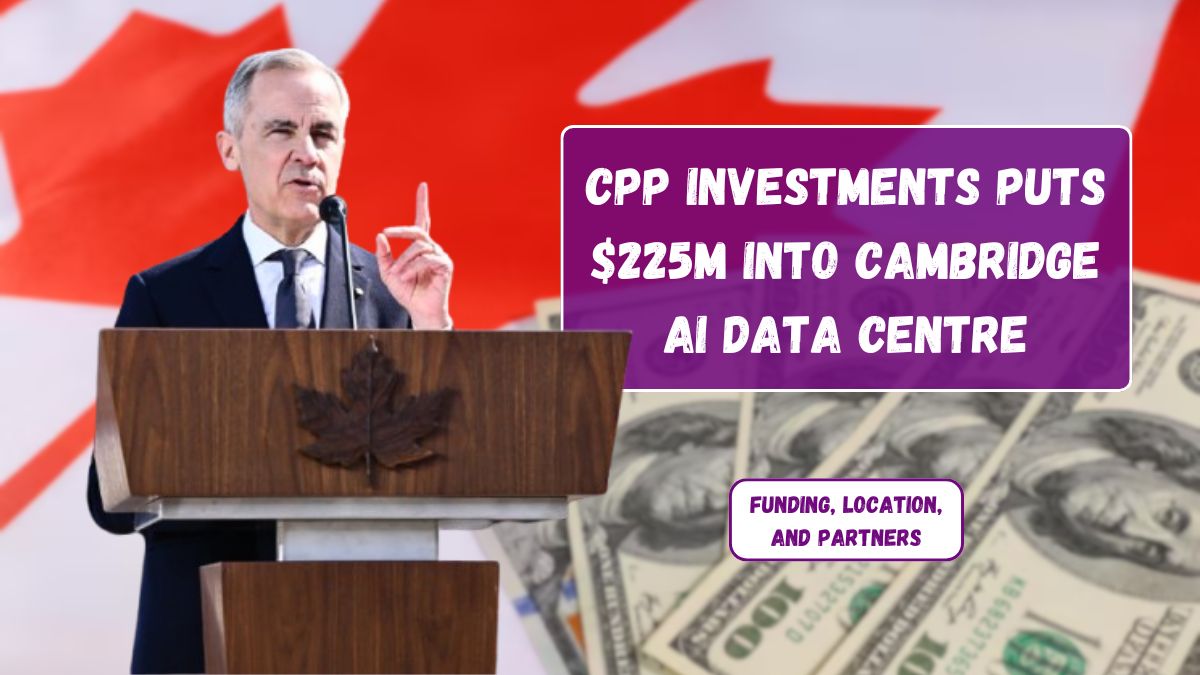Every month, SNAP benefits help millions of people put food on the table. It’s one of the most important government programs in the U.S. to prevent hunger and childhood poverty. But with school out for the summer, many families who rely on free or reduced lunch programs now face even higher food bills. Thankfully, new summer payments like Sun Bucks are giving a boost to families—if they applied in time.
SNAP
SNAP stands for the Supplemental Nutritional Assistance Program. It used to be called food stamps, and its purpose is still the same today—to help low-income families buy groceries. SNAP plays a major role in preventing hunger, especially for children.
Although it’s funded by the federal government, SNAP is managed by each individual state. That means payment schedules, application requirements, and eligibility rules can vary. To qualify, most people must meet strict income limits and show that they don’t have too many assets.
SNAP isn’t a long-term program either. It comes with work requirements, and there are time limits for how long some people can stay on it.
Hawaii
This summer, families in Hawai’i got some extra help—but only if they applied on time. The USDA and the Hawaii Department of Human Services worked together to launch the Sun Bucks program. This special summer food benefit gives $177 per eligible child to help families cover food expenses during the school vacation period.
More than 80,000 children in Hawai’i have already received the Sun Bucks benefit. But the key deadline to apply was August 3. That means some families may have missed their chance.
Families who already get SNAP, Temporary Assistance for Needy Families (TANF), or have children in the National School Lunch Program (NSLP) didn’t need to apply—they qualified automatically. But for everyone else, applying before the deadline was necessary to receive the benefit.
Sunbucks
Sun Bucks isn’t just for Hawai’i—it’s a nationwide summer program from the USDA. Every state has its own timeline and process, but the goal is the same: help low-income families feed their kids when school is out.
The money can be used at grocery stores, farmers markets, or anywhere EBT cards are accepted. And it doesn’t just help families—it helps local food sellers too. In fact, Hawai’i’s First Lady Jaime Kanani Green said, “When we invest in our keiki, we invest in the future of our state.”
Programs
States aren’t just relying on federal programs like Sun Bucks—they’re also testing their own ideas. In California, a new initiative called the First Economic Support Pilot (FFESP) was launched. It’s designed to test the idea of guaranteed income for low-income residents.
People chosen for the program started receiving monthly payments of $725 back in June. But it’s not just about money. Participants also get access to:
- Peer support groups
- Monthly financial education webinars
- Personal financial coaching
- Connections to community resources
The goal? Help families become financially independent so they don’t have to rely on public assistance in the future.
Support
Whether it’s SNAP, Sun Bucks, or pilot programs like FFESP, these benefits are helping people right now. But deadlines are important. If you live in a different state and think you qualify, check your local deadlines for summer programs like Sun Bucks. The extra help can go a long way—especially when school meals aren’t available.
As government assistance programs continue to evolve, one thing is clear: the focus is not just on giving temporary help, but also building long-term self-sufficiency for families across the country.
FAQs
What is SNAP used for?
SNAP helps low-income families buy food each month.
How much do Hawai’i families get from Sun Bucks?
Eligible families receive $177 per child this summer.
Who qualifies for Sun Bucks automatically?
SNAP, TANF, and NSLP families qualify without applying.
What is California’s FFESP program?
A pilot program giving $725 monthly to low-income families.
Can I still apply for Sun Bucks?
It depends on your state—check local deadlines now.

